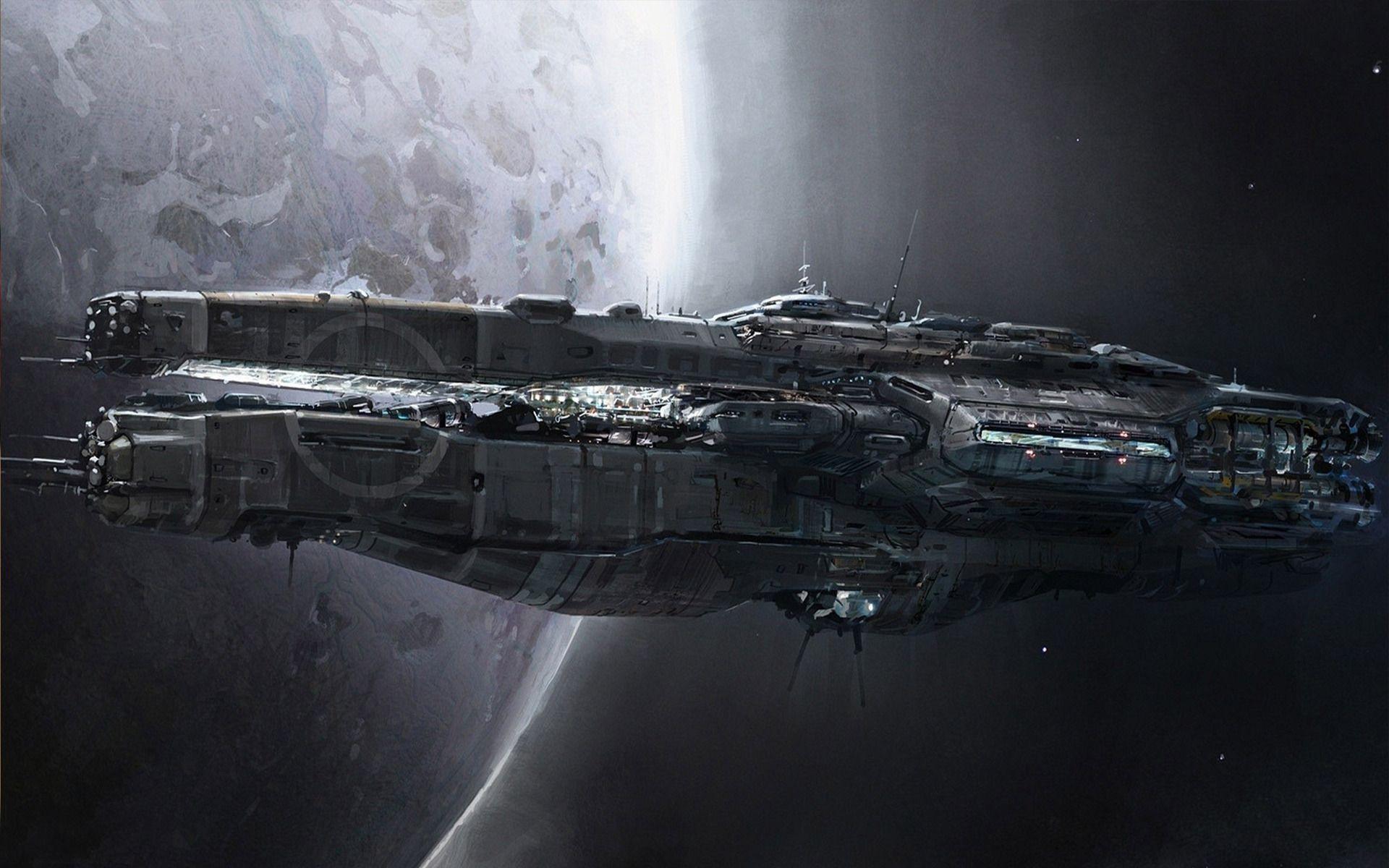I've been looking at my current campaign material and considering ways to organize it more effectively. Usually, I compile a series of campaign documents that I can refer back to during play or as needed outside of play. These are typically:
- Character Creation (Player's Handbook)
- Subset of Rules in Play (Dungeonmaster's Guidebook)
- Manual of Monsters
- Campaign Setting
These have always worked "good enough" for me, but still turn into some degree of page-turning that can slow down speed of play. So recently, I was looking at alternative options that don't involve money.
My exploration of the subject turned up a couple of options:
- Roll20
- Full Website
- Campaign Wiki
- OneNote or similar software
Of these, I've used Roll20 successfully for gaming before but I'm not sure its campaign management tools were really what I needed for the volume and interrelatedness of the material I have (its mapping capabilities are on point, though, and will almost certainly see future use by myself). OneNote carries a learning curve and still involves having lots of separate documents; I just want to start making material - not learn a whole new platform. A full website would be really cool, but I don't have the experience to do this easily, either.
And then there was one. I've used Wikimedia's platform in the past to organize ideas. Wikis are great for connecting and organizing information. They are easy to add onto. And that's why I settled on this option. Unfortunately, not many sites seem to offer free Wikimedia-based wikis, so I ultimately landed at Wikidot. There's a minor learning curve - the syntax varies a little; tags work slightly differently than categories in wikimedia; wikidot has modules that wikimedia lacks; etc. Still, this is much easier than learning new software and looks like it will serve the exact purpose I need it to.
Cool Things You Can Do
I am still exploring various things I can do with the wiki, but the coolest one I've come up with so far is putting entire dungeon maps and notes in it with appropriate links. This lets me click links and move through the dungeon. It also lets me link to specific monsters, traps, puzzles, etc. as needed so I'm never more than a mouse click from the information I need during a game.
I can also use the wikidot version of a namespace to manage accessibility, so players can see the wiki, but not the GM-only sections. I can also use different layout templates and such by namespace (called categories in Wikidot), if I want. This will also give another layer of organization to the wiki, which I appreciate.
Another great thing about wikidot is that it also offers each wiki its own website and forum. I haven't dug into those features yet, but I think they will help a great deal in making this wiki the go-to for future campaigns.







